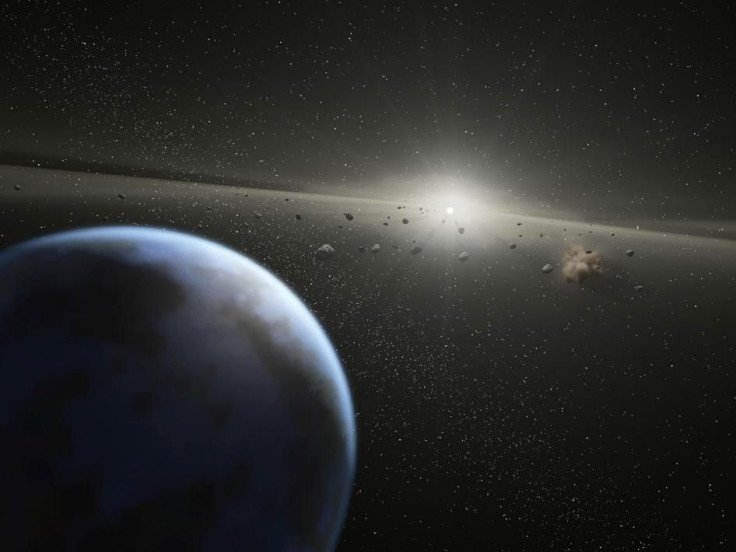NASA Asteroid Alert: 2 Earth-Crossing NEOs Approaching Tomorrow

KEY POINTS
- Two asteroids will approach Earth tomorrow
- Both asteroids have Earth-crossing orbits
- The two asteroids could hit Earth if their trajectory changes
NASA’s Center for Near-Earth Object Studies (CNEOS) is currently tracking two asteroids that are expected to approach the planet tomorrow. According to the agency, the incoming asteroids have orbits that intersect Earth’s trajectory.
The first asteroid that will visit Earth’s neighborhood tomorrow is known as 2020 DZ3. As indicated in CNEOS’ database, this asteroid has an estimated diameter of about 154 feet. It is currently approaching Earth with a velocity of over 48,000 miles per hour.
Trailing behind 2020 DZ3 is an asteroid called 2020 DD4. Compared to 2020 DZ3, 2020 DD4 is significantly smaller and moving slower. According to CNEOS, this asteroid measures about 43 feet wide and is flying across the Solar System at a speed of almost 24,000 miles per hour.
Both space rocks have been categorized as Apollo asteroids. According to NASA, 2020 DD4 follows an elongated path that goes beyond Mars’ orbit. 2020 DZ3, on the other hand, follows an orbit that goes through the paths of Mercury and Venus. Like other Apollo asteroids, 2020 DZ3 and 2020 DD4 have natural orbits that cross Earth’s path as it goes around the Sun.
This means that if the trajectory of the asteroids slightly changes, they could end up on a direct collision course with Earth. If this happens, 2020 DZ3 would most likely cause an impact event due to its size and speed. As for 2020 DD4, this asteroid will probably burn up in the atmosphere and cause a powerful mid-air explosion.
2020 DZ3 is expected to approach the planet on March 2 at 12:33 am EST. During this time, the asteroid will fly past the planet from a distance of only 0.00765 astronomical units, which is equivalent to 709,000 miles away. This asteroid’s next near-Earth approach will happen on Sept. 28, 2022.
2020 DD4, on the other hand, will zip past the planet from a much closer distance. According to CNEOS, the asteroid will enter Earth’s territory on March 2 at 4:57 am EST. It will move past the planet at 0.00678 astronomical units or roughly 627,000 miles away. This asteroid will not return to Earth’s vicinity until Feb. 11, 2033.
© Copyright IBTimes 2025. All rights reserved.





















